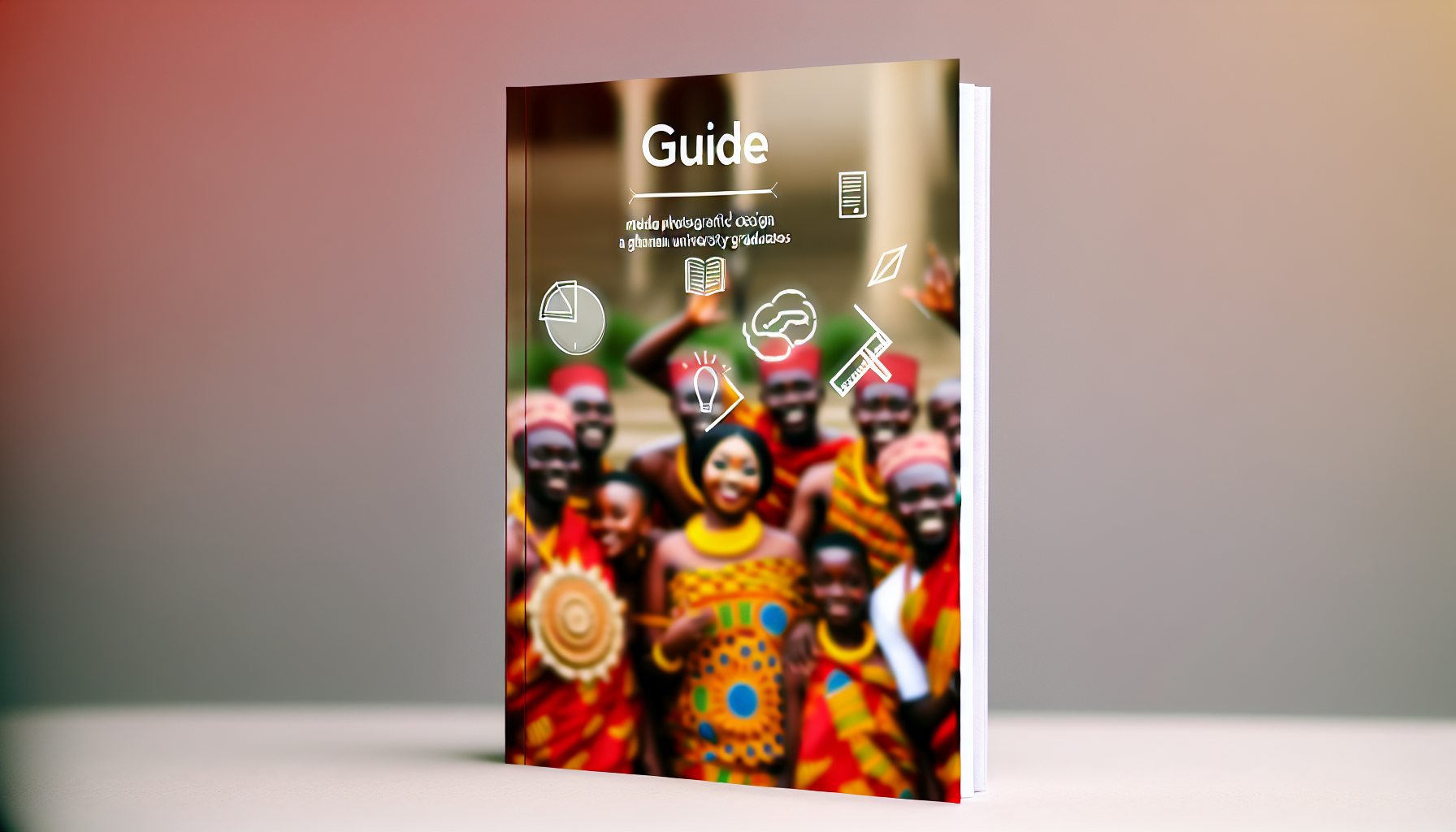### Introduction to Course Description Files
In today’s academic environment, a course description file serves as a crucial tool for both educators and students. It outlines the essentials of a course, from its content and objectives to its delivery format. A well-crafted course description can significantly enhance student engagement and assist prospective students in making informed choices about their educational pathways. For insights into why course descriptions matter, refer to the article by Cult of Pedagogy.
### Key Elements of a Course Description File
When creating a course description file, several essential components must be included to ensure clarity and effectiveness. Here are the key elements to consider:
1. **Course Title**: This should be concise and descriptive, accurately reflecting the content of the course.
2. **Course Objectives**: State what the course aims to achieve. Objectives should be clear and measurable, providing students with an understanding of what skills or knowledge they will acquire. Effective objectives serve as a roadmap for both instructors and students, guiding the teaching and learning processes [Source: PV Magazine].
3. **Prerequisites**: List any required knowledge or courses that students must have completed before enrolling. This helps ensure that all participants are adequately prepared for the course content.
4. **Learning Outcomes**: Specify what students are expected to know or be able to do by the end of the course. Learning outcomes should align with the stated objectives and should be actionable. For example, “Students will be able to analyze data sets using statistical methods” presents a clear expectation of student achievement.
5. **Course Content**: Provide an overview of the main topics that will be covered. This section helps students gauge whether the course aligns with their academic and career interests.
6. **Assessments and Grading**: Detail how students will be evaluated throughout the course. This might include information about projects, exams, participation, and any other assignments.
7. **Course Format**: Indicate whether the course will be delivered in-person, online, or in a hybrid format. This is crucial for students when scheduling their semesters.
By incorporating these elements into a course description file, educators can create a robust framework that lays the foundation for a successful learning experience. For more insights on crafting effective course descriptions, explore our article on course design.
### Navigating the Course Description Process
The process of preparing and submitting course descriptions is crucial for aligning with university standards and ensuring the course’s relevance and clarity. Here’s a step-by-step guide to help you navigate this important task:
1. **Understand Institutional Guidelines**: Begin by reviewing your university’s specific guidelines on course descriptions. Each institution may have unique requirements regarding the length, content, and format. Familiarizing yourself with these can prevent compliance issues later on.
2. **Gather Essential Information**: Collect all necessary details about the course, including objectives, content outline, prerequisites, and outcomes. Engaging with current faculty and reviewing existing course descriptions can provide critical insights. Documenting feedback from stakeholders (like students and academic staff) can also enhance clarity and relevance.
3. **Drafting the Description**: Start with a clear, concise statement that captures the essence of the course. The description should articulate what the course covers, its aims, and who it is suitable for. Common practices include using action verbs to describe course activities, keeping the language accessible, and highlighting assessment methods.
4. **Iterate and Review**: Once a draft is prepared, seek input from colleagues or upper administration. This collaborative review can highlight gaps or unclear terms. It is beneficial to have someone not involved with the course look it over for clarity.
5. **Format and Final Check**: Ensure that your course description adheres to the required format and includes all necessary elements such as course codes and credit hours. Cross-check against the university’s requirements to confirm compliance.
6. **Submission**: When everything is finalized, submit your course description through the designated channels, whether that’s an online portal or via email to an academic committee. Pay attention to submission deadlines to ensure timely inclusion in catalog updates.
7. **Post-Submission Follow-Up**: Keep communication lines open with the administrative staff handling submissions. This will allow you to address any required revisions quickly.
By following these steps meticulously, you can navigate the course description process effectively, ensuring both compliance with university standards and the clarity needed for prospective students. For further details and examples, refer to the helpful resources available on this course description guide.
### Best Practices for Effective Course Descriptions
To create engaging and informative course descriptions, focus on clear, concise language and emphasize the course’s benefits to potential students. Here are essential tips and common pitfalls:
1. **Clear Structure**: Organize your description with a clear structure. Start with a catchy title followed by an overview that highlights course goals, topics, and skills students will acquire.
2. **Use Engaging Language**: Opt for active voice and vivid language to draw in readers. Instead of saying “Students will learn about…”, try using “Explore the principles of…” to make the content feel more inviting.
3. **Audience-Focused Content**: Tailor your descriptions to the specific audience. Identify who will benefit from the course and address their needs. For instance, mention practical applications for professionals looking to upgrade their skills.
4. **Highlight Outcomes**: Clearly articulate what students can expect to achieve by the end of the course. Use bullet points for easy readability, detailing the specific skills or knowledge they will gain.
5. **Avoid Jargon**: While technical language may be tempting, avoid jargon that could alienate potential students. Aim for a balance between professional terminology and accessible language to ensure clarity.
6. **Common Pitfalls**:
– **Overly Lengthy Descriptions**: Keep it concise; longer descriptions can lose the reader’s interest.
– **Neglecting SEO**: Incorporate relevant keywords that potential students might use when searching for courses online to increase visibility.
– **Generalizing Content**: Avoid vague statements that don’t specify what makes the course unique.
7. **Examples of Effective Descriptions**: Review successful course descriptions for inspiration. Websites like Course Description can serve as great examples of how to effectively communicate course objectives.
In essence, an effective course description communicates the value proposition, engages potential students, and provides clarity on what is being offered.
### Conclusion and Further Resources
Well-crafted course description files serve as vital touchpoints in the educational landscape, guiding prospective students on what to expect and how to align their goals with the offerings of an institution. A compelling course description not only highlights key learning outcomes but also showcases the unique aspects of the curriculum, helping students make informed decisions about their educational journeys.
As educational institutions increasingly move toward online offerings, the importance of clear, engaging descriptions only magnifies. For further exploration on creating effective course descriptions, you can delve into additional resources available at Course Description. This site offers comprehensive insights, tools, and templates that can significantly enhance your course planning and presentation.
### Sources










